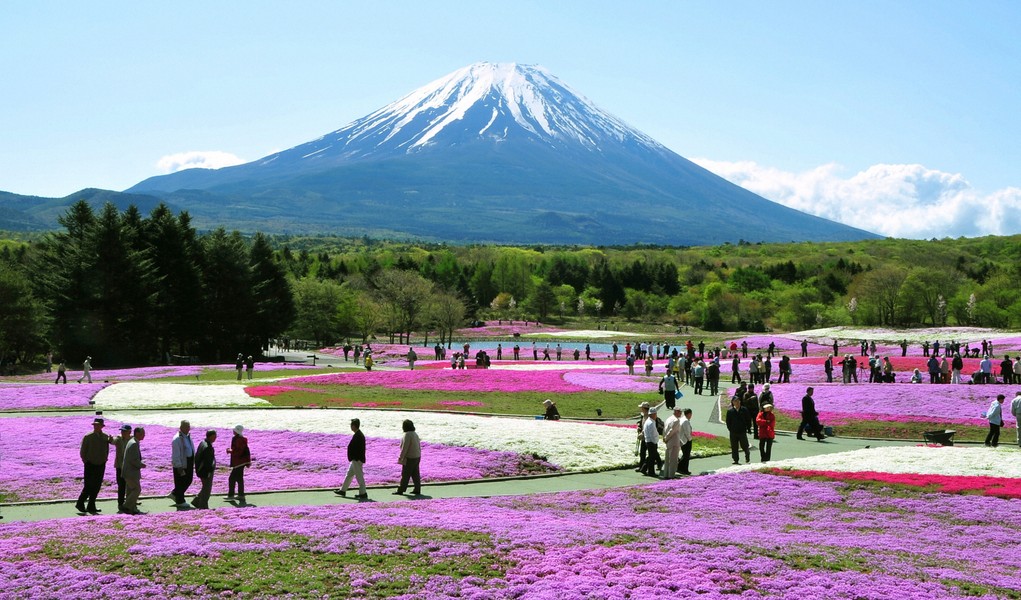Vietnam is a country that is certainly appearing on the tourist itinerary of many more people over recent years, and one of the reasons for this is that it is a real hotbed of archaeological sites and sites of historical importance. From areas of exceptional natural beauty through to historic fortresses and Buddhist temples, Vietnam is full of locations that will delight and astound. The recognition of a site by UNESCO is often one of the key indicators that a place is very important within a specific region, and here are some of the best sites in Vietnam.
My Son Sanctuary
The Sanctuary is located on the east coast of Thailand and is a complex of Buddhist temples from a variety of periods which are noted for their architecture and the carvings to be found here. The earliest date from the fourth century, and tens of temples were built over the following thousand years on the site, with the most recent temple here dating from the fourteenth century. This is one of the most important Buddhist archaeological sites in Asia, and it is the superb quality of the carvings that were cut directly on to the red brick that helps the site to stand out.
One of the most damaging events in the recent history of the site happened during the Vietnam War, where the forces of the United States destroyed many of these historical sites during sustained bombing. Among the beautiful carvings to be found here, many of the craters where the bombs fell can also be seen.
Ha LongBay
Ha LongBay is one of the most famous sites in Vietnam, and the thousands of limestone islands emerging from the waters of the bay really make this a very special site. The bay lies on the north east coast of Vietnam, and these sites are excellent examples of Karst limestone formations. One of the reasons that Ha Long Bay is such a famous area is that it appeared in the James Bond film ‘Tomorrow Never Dies’, where the numerous small islands were shown up very well in the film.
As well as being important because of the rock formations in the bay, the area was also recognized because of the fish, marine creatures and birds to be found living in the area.
The Hue Monuments
Today Hue is a reasonably large city on the east coast of Vietnam, but on the banks of the PerfumeRiver near to today’s settlement is the historic is a historic citadel and forbidden city where only the most important people in the country were allowed access. The grand stairway and the historic buildings around the citadel still give the impression of an imposing city. There are also a number of tombs for some of these emperors to be found along the banks of the river, and make this site a must visit for anyone who will be spending some time in the area.
The Imperial Citadel Of Thang Long
The city of Hanoi is one of the most important cities in Vietnam today, and one of the indications of the history of the city is the citadel of Thang Long, which is one of the old names for Hanoi. For the majority of the old imperial citadel there are only ruins remaining, as the majority of the buildings, including the KinhThienPalace, were destroyed by French during their occupation of the city. There are a few remaining remnants of the citadel that can still be seen, including the North Gate, but most impressive is the Flag Tower of Hanoi, which was surprisingly spared.
PhongNha-KeBangNational Park
This National Park is one of the most impressive areas in the whole of Vietnam, with a number of mountainous regions and river valleys that make it a wonderful place to visit. It is the network of caves and underground rivers that have helped to gain recognition for the area, with the formations of stalagmites and stalactites being discovered.
The area is also revered by cavers as the area has one of the longest underground rivers in the world, and in these underground caves are some of the best sandy beaches ever found underground.

